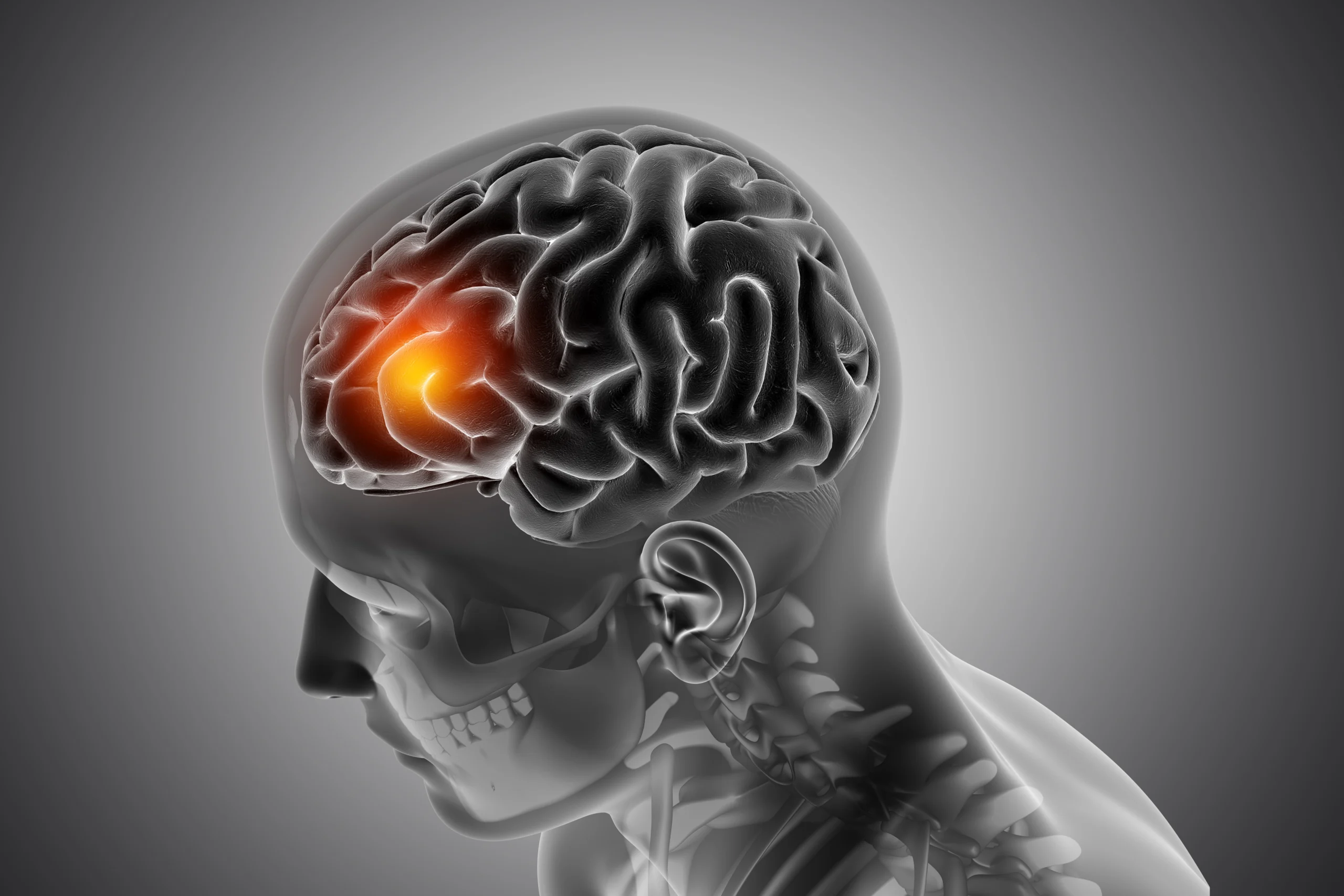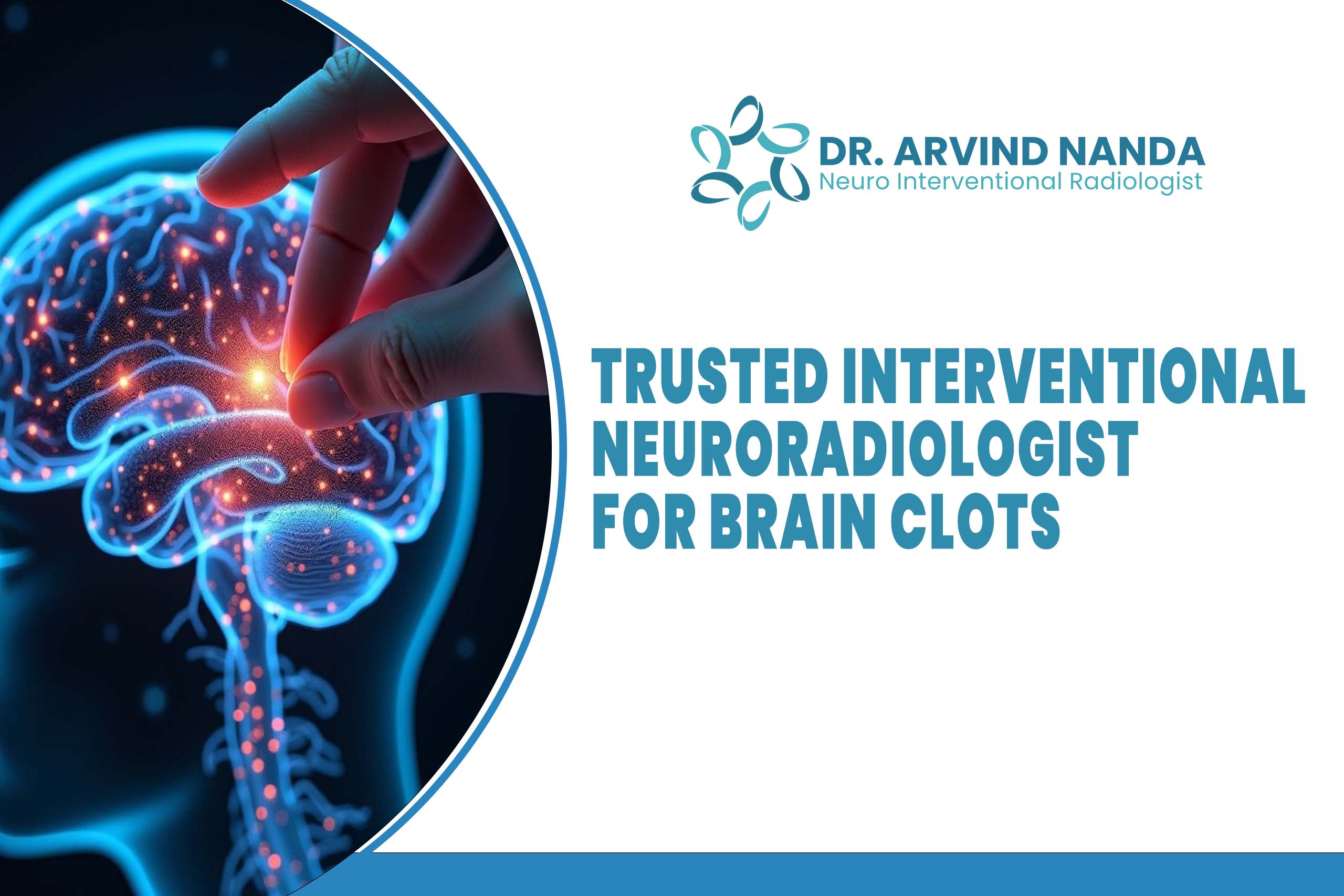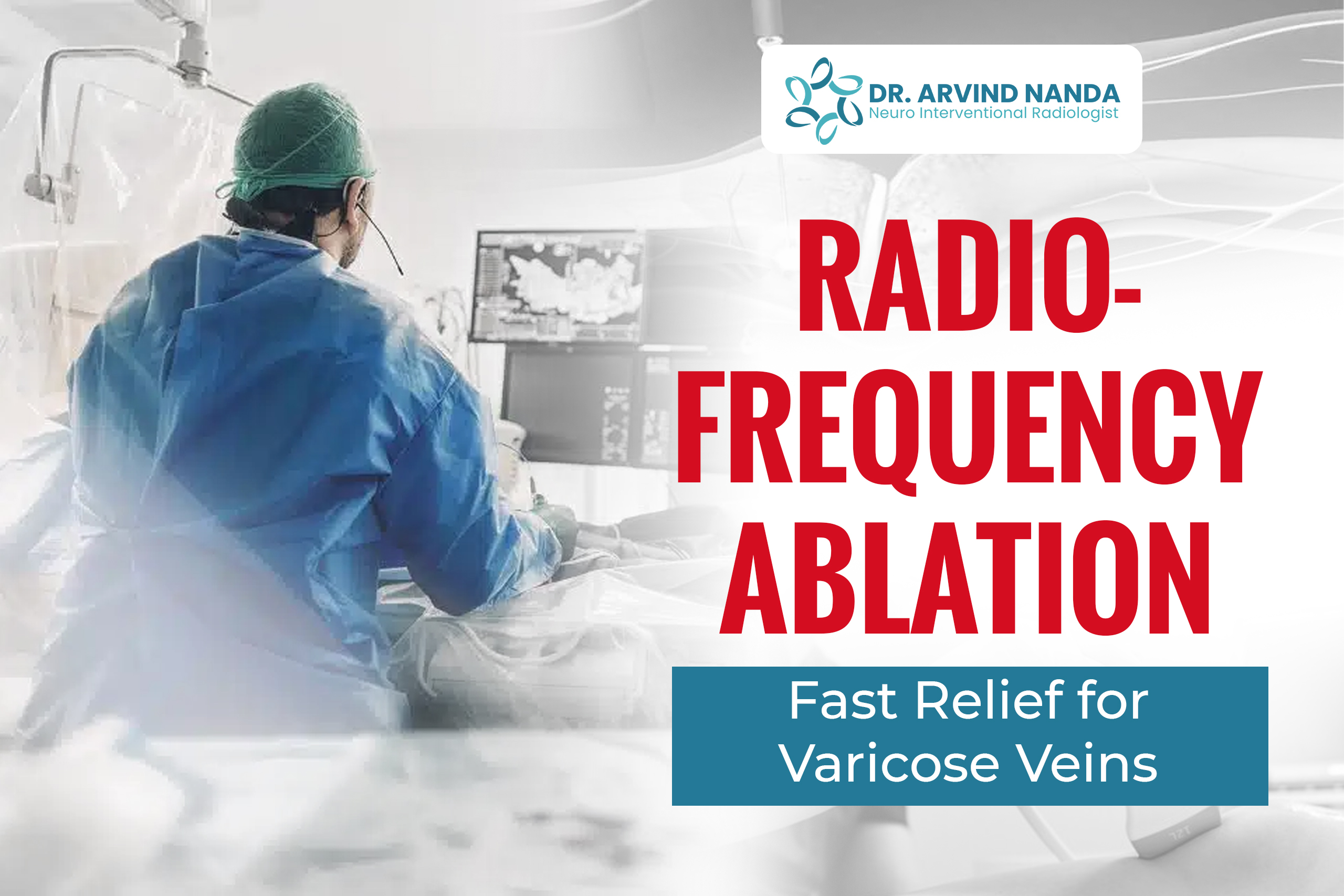Brain Blood Vessel Narrowing: What You Need to Know About Intracranial Stenosis

Think of your brain as a city with too many streets. Your brain, just like cars, requires a road to move around, and it involves blood vessels through which its blood and oxygen can flow. When these major blood vessels in your head become constricted, they are known as intracranial stenosis. The condition affects the arteries that supply blood to your brain, making it more difficult for blood to flow easily.
Intracranial can be broken down into intracranial passes down into the skull, and stenosis, which means narrowing. That is why intracranial artery stenosis decreases the size of arteries within your head to the point where they can not operate properly.
Common Intracranial Stenosis Symptoms
The warning signs will be given to your body when blood vessels in the brain become narrow. Below are some of the intracranial artery stenosis symptoms to look out for:
Early Warning Signs:
- Sudden paralysis on one side of the body
- Difficulty in a conversation or hearing others
- Lightheadedness; a feeling of unsteadiness
- Severe headaches that one suddenly gets
- Vision difficulties in one or both eyes
- Difficulty thinking clearly
More Severe Symptoms:
- Microstrokes (known as TIAs)
- Memory problems
- Difficulty walking or moving
- Numbness in the leg, arm, or face
The above symptoms of intracranial artery stenosis may initially remit, but over time, they may increase in intensity without treatment. When you observe any of these symptoms, you should visit a doctor immediately.
Understanding Intracranial Stenosis Causes
Several factors can cause the blood vessels in your brain to become narrowed. Imagine it as a garden hose that is getting clogged or squeezed. The key causes of intracranial stenosis are:

The Most Common Causes:
- Hypertension that weakens blood vessels in the long run
- An elevated level of cholesterol accumulated in the arteries
- Blood Vessel health is being affected by Diabetes
- Smoking that damages blood vessels
- With ageing (more probable once past the age of 50)
Other Irrelevant Causes:
- The family history of vascular issues
- Heart disease
- Being overweight
- Not doing sufficient exercise
- Overconsumption of unhealthy food
Intracranial carotid stenosis is a distinct type that affects the carotid arteries supplying blood to the brain through the neck.

Intracranial Stenosis Treatment Options
The positive thing is that it can be treated in many ways. Depending on the severity of your condition and your overall health status, your doctor will choose the most appropriate treatment for intracranial stenosis.
Medicine Treatments:
- Blood thinners to prevent clots
- Blood pressure medication
- Cholesterol-lowering drugs
- Medications for forced diabetics
Lifestyle Changes:
- Consuming less salt and fat in healthier foods
- Regular exercise (under doctor approval)
- Quitting smoking
- Stress prevention
- Getting enough sleep
Advanced Treatments: Severe cases may involve surgical remedies performed by a physician, who may prescribe medical operations such as angioplasty (widening arteries) or stenting (inserting a smaller tube).
When to See a Specialist
When you experience the symptoms of intracranial stenosis, you need to consult a specialist in the field of blood vessels of the brain. Dr. Arvind Nanda is highly qualified in treating such diseases.
About Dr. Arvind Nanda:
Dr. Arvind Nanda is a specialist in Interventional Neuro and Vascular Radiology with over 20 years of experience. He is well-trained in the best medical educational institutions, such as the All India Institute of Medical Sciences (AIIMS), as well as in Switzerland and the United States.
Dr. Nanda’s Expertise Includes:
- Acute stroke and bleeding in the brain
- Carotid artery stenosis treatment
- Aneurysm management
- Intracranial stenting complexities
- Less invasive procedures
His experience with conditions such as intracranial stenosis qualifies him to guide patients toward the most effective care.
Living Well with Intracranial Stenosis
The presence of intracranial stenosis does not mean one cannot lead a whole and healthy life. There are lifestyle changes that can be made to handle this problem with the appropriate treatment. The key is to work closely with your healthcare staff and follow their guidance.
Important Tips:
- Take medicines as recommended
- Maintain all-branch dates
- Check your blood pressure regularly
- Be active in a Good sense of your doctor
- Eat a brain-food-rich diet
- Do not neglect new symptoms
Getting Help
If you have any concerns about intracranial stenosis symptoms or require the professional care of a specialist, Dr. Arvind Nanda offers quality care at two convenient locations:
- Amrita Hospital: City RPS Sector-88, Faridabad, Haryana 121002
- Nanda Nursing Home: Block No. 612, Maharishi Parashar Marg, Sector 15, Faridabad, Haryana 121007
The fact is that early diagnosis and treatment of intracranial stenosis can significantly impact your overall health. And when you experience symptoms, do not postpone or procrastinate- go to a doctor as soon as possible to receive the necessary treatment.



